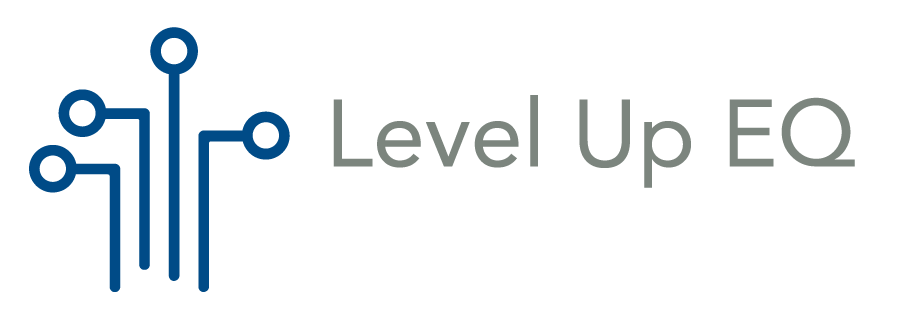Overcoming Change Resistance
By Marly DiFruscio
Change is a consistent factor in life and business, creating excitement and fear in the work we do. There are significant levels of change throughout our lives, from promotions to demotions, and potentially even a pandemic that changes the entire state of how we operate as people. However, while some people thrive on change, others may resist it -- including teams and organizations. Change resistance can be a significant obstacle to success, growth, and development across individual leaders, teams, and large organizations. The answer to change resistance is change management. Change management helps manage the transformation of an organization’s goals, processes, and technologies, by focusing primarily on preparing, supporting, and helping leaders undergo change as they’re the organization’s core. In fact, 47% of organizations that integrate change management are more likely to meet their objectives than the other 30% that did not incorporate it. In order to alleviate change resistance and implement change management at multiple levels, we need to look at a few key opportunity areas to make a difference.
Communicate the benefits of change: Engagement makes all the difference
One of the most common reasons for change resistance is fear of the unknown. People are naturally inclined to stick to what they know because it feels safe and comfortable. Change is necessary for growth and development at all levels though. It is important to communicate effectively within your organization or team the benefits of change, and engaging your people makes for successful change implementation. In fact, top-down change initiatives without engagement are much less effective than open-source changes Top-down changes are determined by upper management, whereas open-source changes are a cooperative process where employees and management are both involved in creating a change initiative. By using an open-source process, the rate of lasting success jumps up to 58%, compared to just 34% for top-down changes. In order for big changes to take hold, people at every level need to understand why these changes are taking place. With a top-down approach, the gap in understanding between upper management and employees is a whopping 31%. Compare this to an open-source change strategy, where that gap shrinks to a mere 3%. (Gartner, 2020)
Be clear on purpose, values, and actionable commitments
As a leader or as an organization, having a clear purview on the values of the company, the initiative, the team, etc. will create a smoother transition into changes. Having clarity on the purpose of the change, as well as actionable goals and commitments allows for all involved to understand the WHY behind the change as well as the HOW and allows for everyone to be more effective. If you are implementing change that does not directly reflect your values or goals, then you need to ask yourself: why are we implementing this change? Who/what does it serve? What will it accomplish that lends itself back to the bigger picture? If you cannot answer these questions regarding the change, then maybe you’ve gone about making the decision the wrong way or the change isn’t necessary. 40% of managers cite failure to align as the single greatest challenge to executing company strategy, and just 16% of frontline employees have a clear understanding of their connection with corporate priorities. (HBR). This ladders up into the open-source method, of working with engaged employees, team members, or peers, to discover the best strategy and implementation route for the change initiative.
Provide support and resources to guide your people through change
Even with proper change management techniques and the use of open-source discovery when it comes to setting initiatives, change is still hard to deal with. Be sure to prepare yourself, your peers, your team, and your organization with the right support and resources to handle the change initiatives you have set in motion. This could mean providing training or coaching to support your people throughout the process and potentially after as well. A research study by Deloitte revealed that organizations that employ effective executive coaching are 130 % more likely to have strong business results, 33% more effective at engaging employees, and 42% higher in employee productivity (Deloitte). Providing the right kind of support to your people will lead them to become more effective and efficient in their work, even in the face of significant changes.
Change management guru Prosci recently surveyed project and change management leaders to assemble insight and couldn’t have provided a better statistic than this: effective change management improves the project's bottom line. 81% of the projects with effective change management came in on or under budget, according to the study (Prosci). To thoroughly and completely overcome change resistance, we must be able to implement change management in a way that works for our leaders, peers, and overall organizations. To do this, we must communicate the benefits thoroughly, be clear on the connection between the initiative and values and purpose, and provide support and resources to guide everyone through the shift. Following these steps, we can overcome change resistance and pave the way for stability and resilience in our systems.

